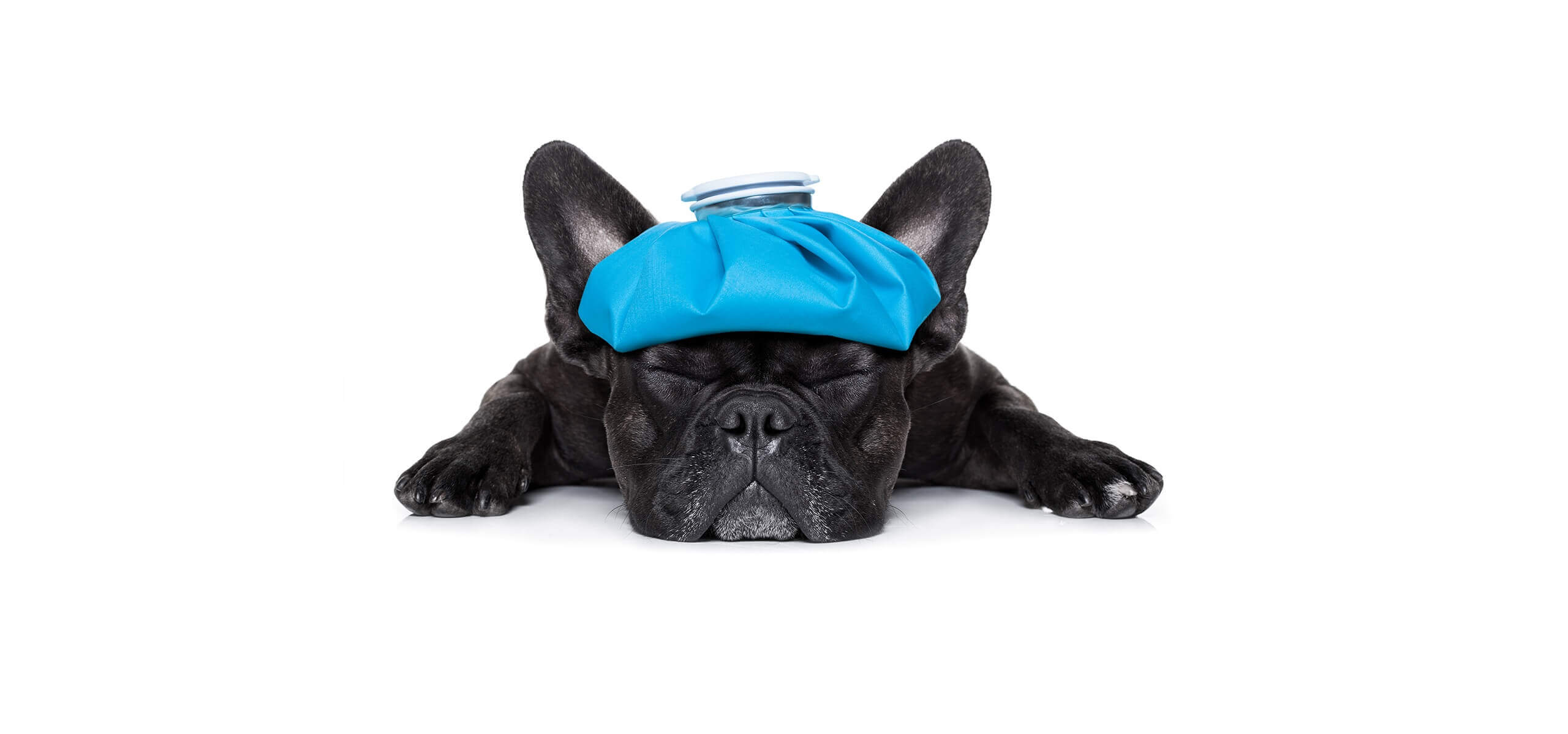As such, there will be times when they are a little too rambunctious, curious or just plain careless. Injuries happen, and it isn’t always possible to get to a vet right away.
Whether you're dealing with a life-threatening emergency or just a few bumps and scrapes, it’s always a good idea to have a first-aid kit on hand.
The following are the essential first-aid items you’ll want to have for your cat or dog.
First-aid kit for pets: The basics
1. A card with your veterinarian and emergency clinic’s phone numbers, as well as the number for the ASPCA Animal Poison Control Center: 888-4ANI-HELP (888-426-4435) or the Pet Poison Helpline 855-764-7661. These numbers should also be stored in your phone.
2. A copy of your pet’s medical records, including all medications and a complete vaccination history.
3. Tweezers to remove splinters, ticks and more.
4. Gauze to wrap wounds for an injured dog or cat.
5. Scissors with blunt ends to cut the gauze and wraps.
6. A necktie or nylon stocking to use as a makeshift muzzle. Injured or ill pets may lash out when frightened and in pain, and a muzzle helps prevent your pet from biting. However, if your animal is vomiting, do not use a muzzle.
7. A set of nonstick bandages, towels or strips of clean cloth to control bleeding and protect wounds. Avoid using adhesive bandages because they pull out hair upon removal. These can inadvertently harm your animal.
8. A roll of adhesive tape to secure the gauze or bandage wraps.
9. Antiseptic wipes or lotion.
10. A vial containing milk of magnesia and activated charcoal to absorb toxins.
11. A vial of 3% hydrogen peroxide, which can be used to induce vomiting. NOTE: Before inducing vomiting, always contact your veterinarian or local poison control center first.
12. A flexible tip digital fever thermometer for taking the animal’s temperature.
13. Eye dropper or large, needleless syringe to give oral treatments or flush wounds.
All of these items can fit in a small, zip-up pouch that you can carry anywhere you go. If you want to build a more extensive first-aid kit, or your animal has other specific medical needs, consider adding these items:
- Diphenhydramine, such as Benadryl, but only if your veterinarian has approved it for use with your animal’s allergic reactions; your vet will tell you the appropriate dosage for your animal’s size
- Solution for cleaning their ears
- For diabetic dogs or those with low blood sugar, some glucose paste or corn syrup
- Nail clippers
- Penlight or flashlight
- Rubbing alcohol to clean the thermometer
- Splints and tongue depressors
- Towels
- Needle-nose pliers
If you own a dog, you know that they like to get their nose into everything, and cats are just as curious. Because our pets sometimes find trouble, it’s important to put together a comprehensive first-aid kit. Ideally you’ll never have to use your kit, but having one is the first step in being prepared.

